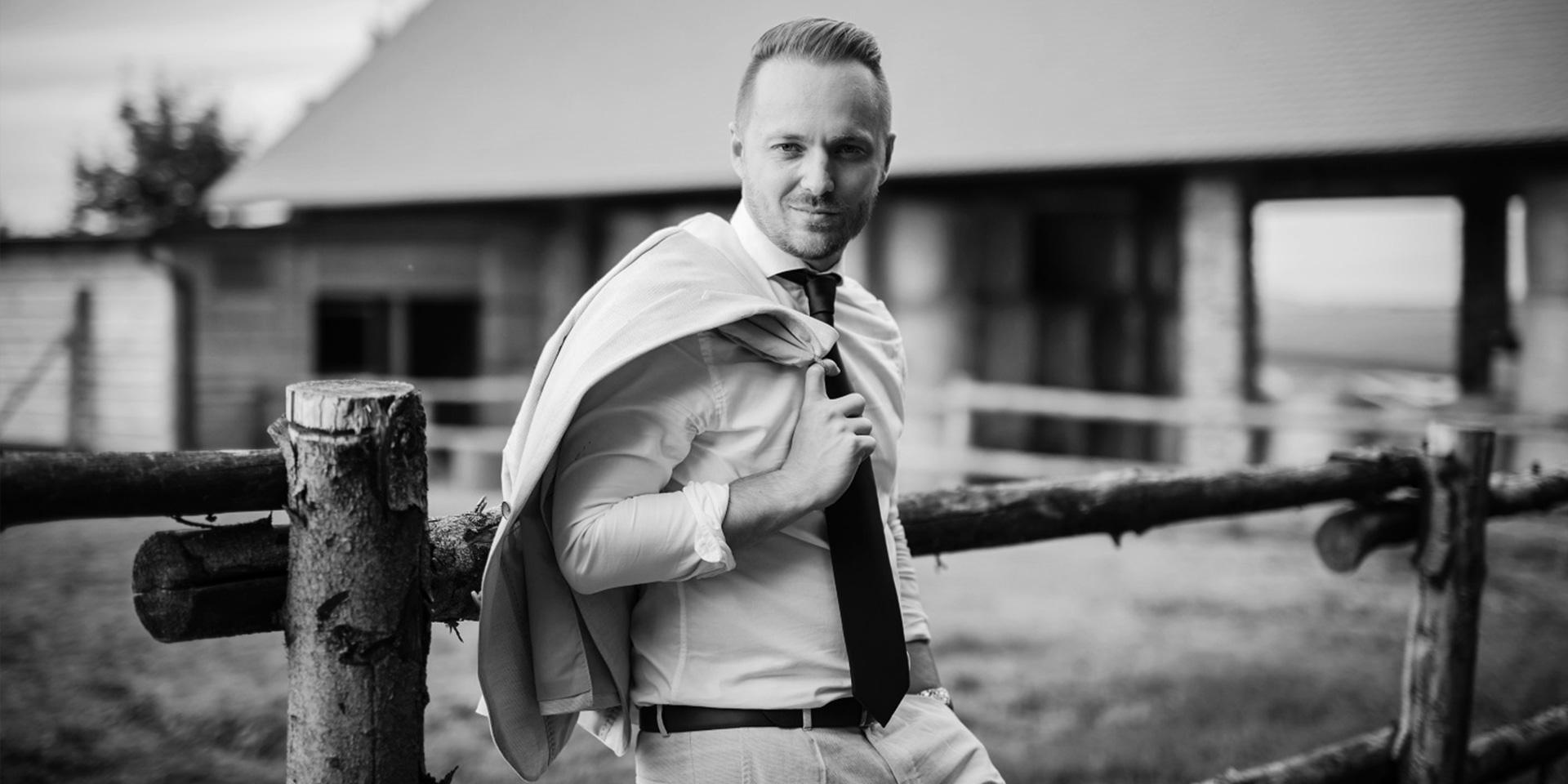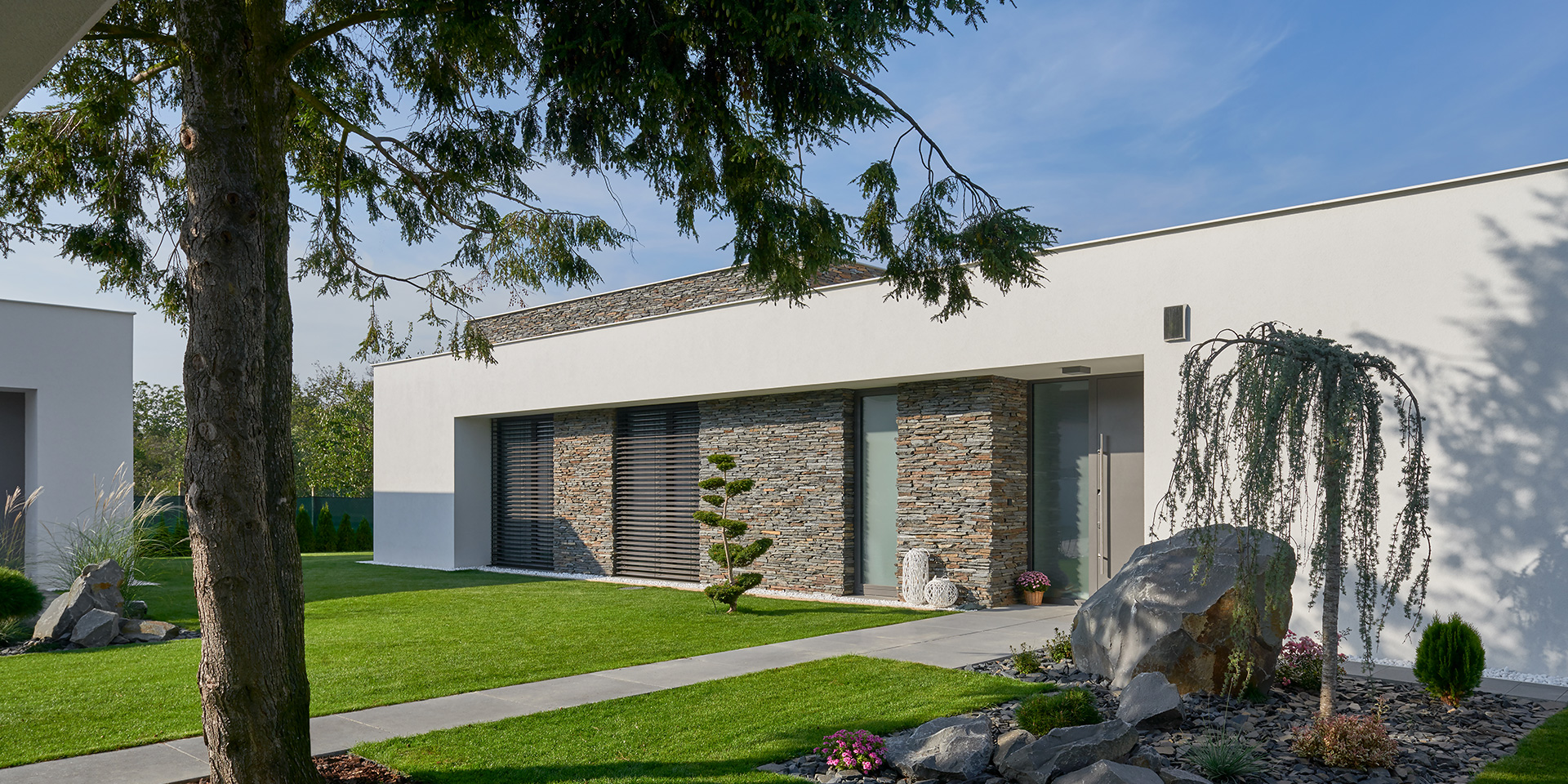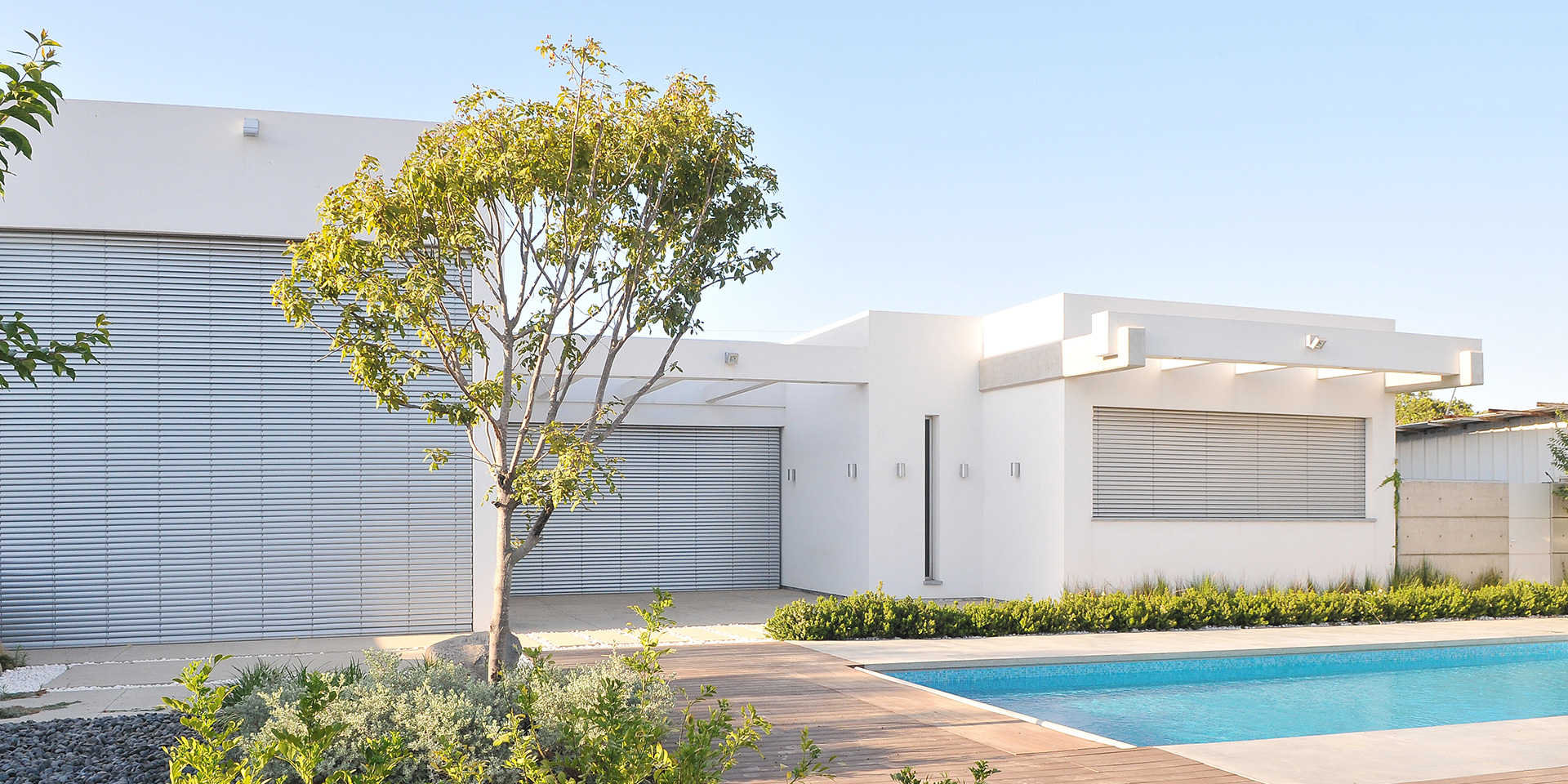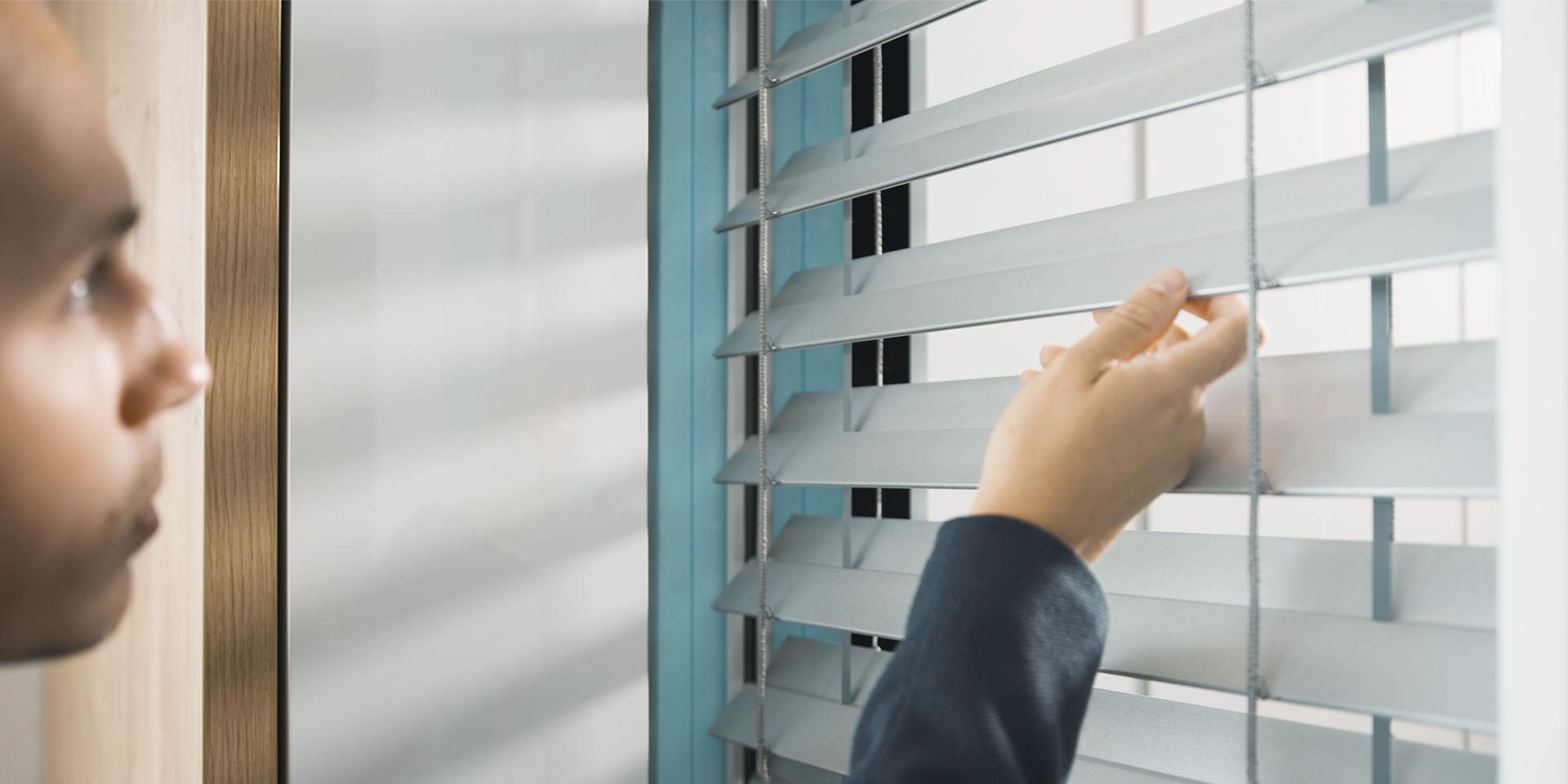How to choose shading that matches the house? The colour of the façade and type of the motor are the decisive factors, the architect says
When buying the blinds, you are perhaps most concerned with technical parameters and the shape or width of the slats. To ensure that the shading matches the house, also the design is important. We asked architect Tomáš Lánský from Borssini Design what to consider when choosing shading as far as architecture is concerned.

External blinds dominate the shading
How do you decide whether to design internal or external shading?
We are most concerned with the indoor climate. If you build a family house in a sunny area and plan large glazed windows, you need to choose external shading. Otherwise, the interior will overheat. External blinds stop a great deal of sunshine and heat still outside so that it does not penetrate inside. Internal shading is of little help – it will moderate the heat to some extent, but only after it has penetrated into the room. If our client does not insist on a different concept, we always use external shading in our designs.
What external shading do you choose most frequently?
Only 10 or 15 years ago, most people installed roller shutters on their houses. Over time, however, the trends have changed and today external blinds are far more popular. We put them on 99 % percent of our clients’ houses. That’s because they have only benefits: they are far more beautiful and you can regulate the shading as you desire. You can tilt the slats to a particular angle according to the sunlight direction and the amount of light you want in your interior. In my opinion, an external roller shutter has a single advantage – it is a security element against intruders. Except for that, external blinds have all the benefits.
Should people consider the surrounding landscape or neighbouring built-up area when choosing external shading?
The surrounding landscape is important when the house is standing in an extreme location. For example, on a very windy field. In this situation, we must consider using a weather sensor which will raise the slats in case of strong winds. But these cases are exceptional. Neighbouring houses and their heights or the roof types affect suitability of the designed building in the built-up area. However, it has no effect on the choice of the actual blinds. Here, we are most concerned with the colour and design to ensure that the blinds match the house.

Choose the colour of the blinds so that it harmonizes with the house elements
How do you choose the colour then?
The overall appearance of the object is what matters: we consider the façade colour and material, the roof type, the roof tile colour and the shape of the house. But above all the shade of the window profiles. They form a single unit with the blinds. The colour of the blind is often the same as the colour of the windows. But it is not a rule. It always depends on the aesthetic feeling of each architect or house owner.
And what are the dominant colours now?
Well, looking at buildings that have passed through our hands over the past four years, anthracite is dominant. People choose it for the window frames and usually want their slats and blind accessories to have the same or similar shade. Yet, this may be distorted by the style of buildings that we design in Brossini Design – anthracite simply suits them. And you also don’t need to just follow the trends. It is all about feeling good in the house and making sure everything works together.
Does the slat shape matter as regards the house architecture?
We usually advise the Z profile. We would consider another option only if the client had unusual requirements, for example special tilting of slats. In this case, I would call the experts at NEVA and ask if another slat type is more practical than the Z-90.

When choosing the shading, also consider connecting the exterior with the interior
What method of external blind installation do you recommend?
Although many people do not take it into account, the blind anchoring strongly affects the look of the house. The most practical method is installation under the façade where all the anchoring elements are hidden and do not disrupt the house architecture. We prepare the house for this concept already in the project documentation to prepare the construction for installation of built-in cabinets. We choose systems mounted to the façade face only in reconstructions where interference in the lintel is impossible – a visible cabinet heavily disturbs the looks of the house so we avoid it if possible.
What else plays a role in choosing the shading besides the assembly?
The blind controls are very important, even if it may not seem so at first glance. If you install a motor, you need control buttons. The more blinds you have, the more buttons you need. And nobody wants to spoil the interior by having a control unit on the wall of each room. Therefore, we mostly use Somfy smart motors, which you can control remotely using an application. You will have only one main switch at the entrance to the house to raise or lower all the blinds and can give other commands using a mobile phone. People frequently forget this interconnection of exterior and interior.
Can external blinds be used atypically, as a special architectonic feature?
In some cases, external shading supplements the original façade. For example, if you have split windows, i.e. windows separated into multiple sections. It is then up to you whether to keep the blind in one piece to cover the entire window or split it so that it copies the sections of the window. If you install several blinds on one window, you are playing with the façade. You can raise or lower the blinds in 30 various positions, for example, thus creating another interesting element in the house architecture.
Tomáš Lánský has worked as an architect for 14 years. He studied at the Faculty of Civil Engineering of the Technical University of Ostrava and, already as a student, worked at an architectural office specializing in interiors. He gradually specialized in the architecture of family houses. Now he works in the Brossini Design company in Prostějov where he is concerned with design and implementation of interiors and exteriors.



